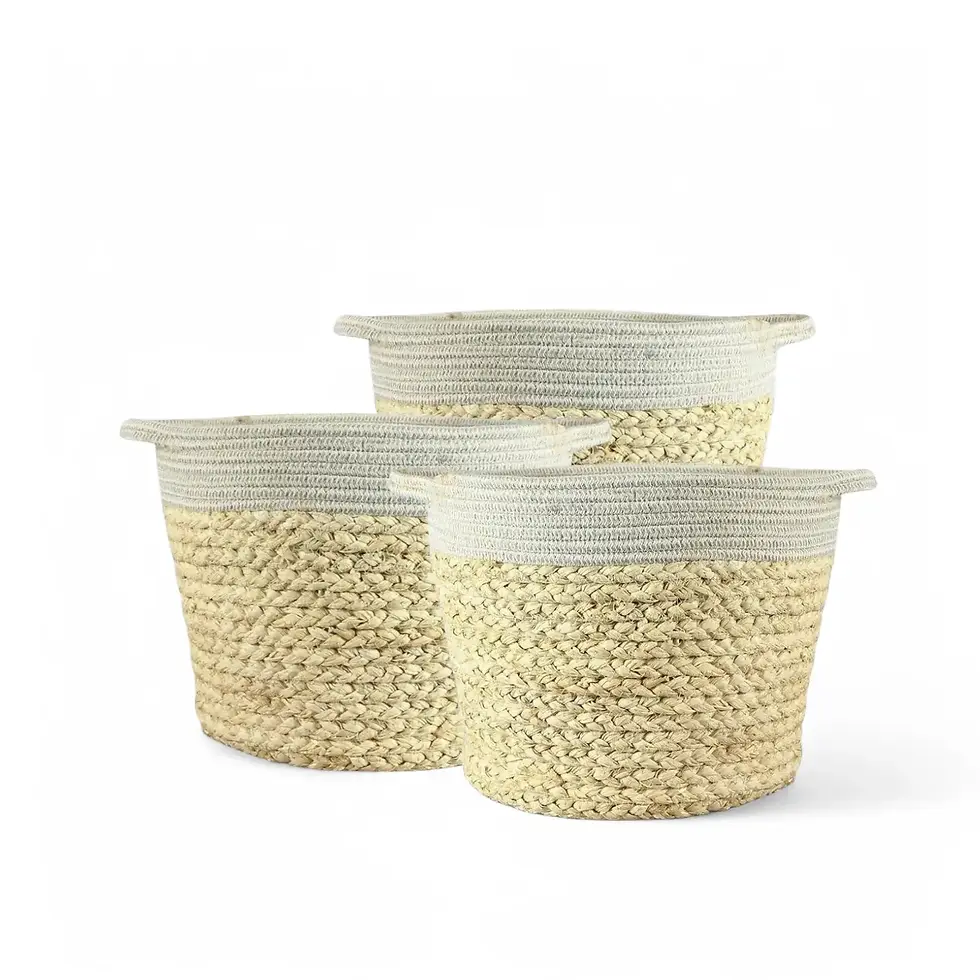Ficus benjamina 'Exotica' - Information and Care Tips
Ficus benjamina 'Exotica', often referred to as the Weeping Fig, is a stunning cultivar renowned for its graceful appearance and easy adaptability. This particular variety of Ficus benjamina is cherished for its lush, glossy foliage and elegant, arching branches that create an eye-catching display in any indoor setting. Native to Southeast Asia and parts of Australia, the Weeping Fig has become a favorite among houseplant enthusiasts worldwide due to its versatility and resilience.
Key Characteristics and Visual Appeal of Ficus benjamina 'Exotica'
Ficus benjamina 'Exotica' stands out with its long, slender stems that bear an abundance of shiny, deep green leaves. Each leaf is characterized by a pointed tip and a slightly wavy edge, adding to the plant’s delicate and sophisticated look. As the plant matures, it develops a tree-like structure with a dense canopy that adds a refreshing touch of greenery to your home or office.
This cultivar’s ability to grow into a compact, bushy form makes it suitable for both large and small rooms. It can be styled in a decorative pot as a standalone statement piece or grouped with other plants for a lush, jungle-like display.
Ficus benjamina 'Exotica' Care Guide
→ Light Requirements
- Prefers bright, indirect light for optimal growth.
- Can tolerate lower light conditions, but growth may slow down, and foliage may become less dense.
- Avoid direct midday sun, as this can scorch the leaves. Early morning or late afternoon sunlight is beneficial.
→ Watering Needs
- Allow the top 2-3 cm of soil to dry out before watering again.
- Ensure proper drainage to prevent waterlogging, which can lead to root rot.
- Reduce watering frequency during the winter months when growth slows.
→ Humidity Preferences
- Enjoys moderate to high humidity levels.
- Consider occasional misting or placing a humidifier nearby to maintain adequate humidity, especially in dry environments.
→ Temperature Range
- Thrives in temperatures between 18°C and 24°C.
- Protect from cold drafts and sudden temperature fluctuations, which can cause leaf drop.
→ Fertilizing Tips
- Use a balanced liquid fertilizer every 4-6 weeks throughout the year.
- Over-fertilizing can damage the plant, so adhere to recommended dosages.
→ Pruning and Shaping
- Regular pruning encourages bushier growth and helps maintain the desired shape.
- Remove any dead or yellowing leaves to keep the plant healthy and vibrant.
- Pruning can also help control the size of the plant if space is limited.
→ Repotting
- Repot every 2-3 years or when the plant outgrows its pot.
- Choose a pot slightly larger than the current one to allow for growth without excessive water retention.
- Use well-draining soil to prevent root issues.
Ficus benjamina 'Exotica' - Common Problems and Solutions
→ Leaf Drop
- Cause: Sudden changes in light, temperature, or watering routine.
- Solution: Maintain consistent care and avoid moving the plant frequently.
→ Yellowing Leaves
- Cause: Overwatering or poor drainage.
- Solution: Allow soil to dry between waterings and ensure proper drainage.
→ Pests
- Common Pests: Spider mites, mealybugs, and scale.
- Solution: Regularly inspect the plant and treat infestations promptly with insecticidal soap , neem oil, or use beneficial insects.
→ Root Rot
- Cause: Overwatering and waterlogged soil.
- Solution: Allow soil to dry out and consider repotting with fresh, well-draining soil.
→ Browning Leaf Edges
- Cause: Low humidity or inconsistent watering.
- Solution: Increase humidity and maintain a regular watering schedule.
Additional Growing Tips
→ Placement
- Choose a location with stable temperature and moderate to bright light.
- Avoid placing the plant near air conditioners or heating vents, which can cause temperature fluctuations.
→ Support and Styling
- As the plant grows, it may benefit from a support stake to help maintain its upright form.
- Ficus benjamina 'Exotica' can be shaped into a bonsai or braided trunk for added visual interest.
→ Propagation
- Propagate via stem cuttings in spring or early summer.
- Use a rooting hormone and place cuttings in a well-draining mix. Keep in a warm, humid environment for best results.
Etymology
The name “Ficus” is derived from the Latin word for “fig,” while “benjamina” refers to the ancient Sanskrit name “Vanja,” meaning “bent tree” or “weeping.” This cultivar’s common name, the Weeping Fig, aptly describes its gracefully arching branches that droop under the weight of its dense foliage. The term 'Exotica' highlights its lush, tropical appearance, making it a beloved choice for those looking to bring a piece of the tropics indoors.
By understanding the natural habitat and growth patterns of Ficus benjamina 'Exotica', you can better provide the care it needs to thrive. Mimicking its native environment, with bright, filtered light and consistent humidity, will help ensure that your plant remains healthy and vibrant.
Ficus benjamina 'Exotica'
Ficus benjamina 'Exotica' is approximately 120 cm tall and comes in a ⌀ 30 cm pot.

























































